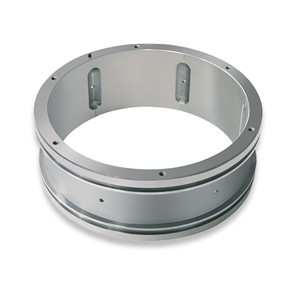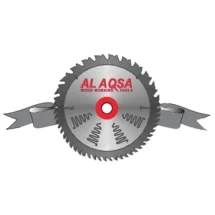A sleeve bearing with a sleeve reduces friction between two surfaces. It is a cylinder-shaped part that is made to fit around a shaft and give it a smooth, stable place to turn. Sleeve bearings are often used in electric motors, fans, and pumps, among other things.
One of the best things about sleeve bearings is their easy use. They are easy to make and implement, making them a cost-effective option for many uses. They are also strong and last a long time. Many sleeve bearings don't need to be changed for years or even decades.
Sleeve bearings are usually made of metal, brass, or plastic but can also be made of other materials. The choice of material will depend on the purpose and the situations under which it will be used. For example, metal sleeve bearings are often used in applications with high loads, while plastic sleeve bearings work better in applications with low loads.
Sleeve bearings are easy to use and last a long time. They also have several other perks. They are self-lubricating, meaning they don't need any extra oil to work well. This can help cut down on upkeep costs and make the bearing last longer. Sleeve bearings are also quiet and don't make much noise or vibration. This makes them perfect for situations where noise or vibration is a problem.
Overall, sleeve bearings are a reliable and cost-effective way to reduce friction and ensure smooth spinning in various situations. Sleeve bearings are worth considering whether you want to repair an old bearing or start from scratch to make a new system.
1. What does sleeve bearing mean?
Ans: A sleeve bearing is a plain bearing made up of a metal, plastic, or fibre-reinforced composite sleeve that absorbs friction between two moving parts to reduce shocks and noise.
2. What's the biggest difference between ball bearings and sleeve bearings?
Ans: Sleeve and ball bearings are made differently and do different things. Sleeve bearings are easier to make because they just have a sleeve that spins around a shaft. On the other hand, ball bearings have small metal balls that spin between two rings. Ball bearings are better for high-speed applications, while sleeve bearings are better for low-speed and high-load applications.
3. What are sleeve bearings made of?
Ans: Sleeve bearings can be made of metal, plastic, graphite, and brass, among other things.
4. What are the benefits of sleeve bearings?
Ans: Sleeve bearings are easy to use, inexpensive, and can handle much weight. They also don't need much upkeep and don't need to be oiled.
5. What are the problems with sleeve bearings?
Ans: Sleeve bearings can't go as fast as ball bearings, and pressure can cause them to get hotter. They may also wear out faster than ball bearings and last less time.
Popular Categories
Popular Categories




